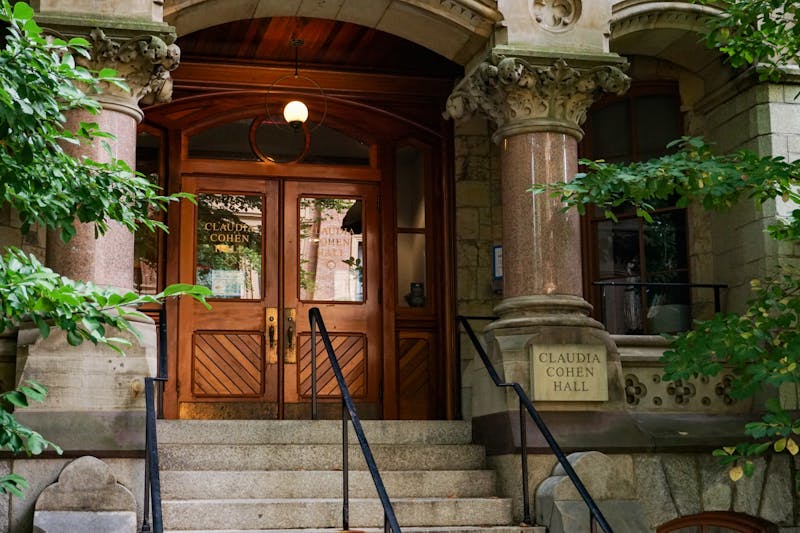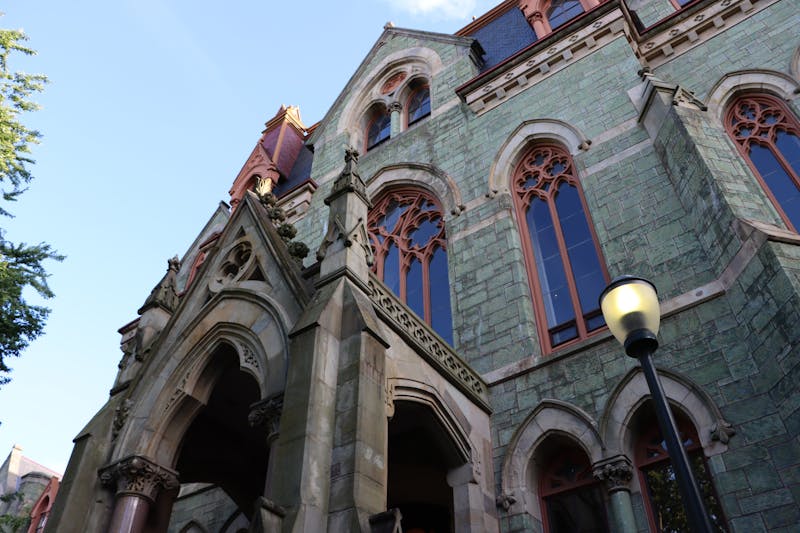Nearly all the town’s buildings had been razed for scrap wood, and those that remained standing had either caved in, or seemed to be held up by the dead trees rising besides them. The wooden bones of the blacksmith’s cabin poked out of the sagebrush. The barn and the gas station were hollowed out, and the largest building, a false-front house, was full of trapped birds which clamored at the windows.
Walking through the remains of Dearfield, Colorado, was an isolating experience. I thought of a friend who called the night before to say how lonely she felt in New York City. Then I thought of a text I had received earlier from someone in the suburbs of Houston. He said he was going crazy living with his parents for the summer.
That we had all felt similarly lonely in such different places — in the middle of a densely populated city, in the privacy of a suburb and in a ghost town at the western edge of the Great Plains — suggested to me that loneliness had little to do with actually being alone. On the contrary, this loneliness we felt did not depend on other people at all, but on being captured by the daunting possibilities of a changing setting and the challenges that come with it.
What I sensed in the town, which I had driven to mostly out of curiosity, had already hinted towards this conclusion. As I made my way from the barn to the gas station, I was surprised by a feeling I usually get while walking through the streets of large cities.
It was a shrinking of the world, a feeling of being enclosed by narrow avenues and tall structures, where a glimpse of the horizon is hard to catch. Something I felt for the first time in Philadelphia — where I could not see beyond the next three or four blocks towards a mountain or ocean for a reminder of the world beyond the city limits.
Standing by the rotting wall of the station, I felt a similar enclosure and lack of an exit. All I could think about was the loneliness the settlers of Dearfield must have felt when they just arrived there, to a place where the sun seemed to rise and set from the same edge — a thin red line over the yellow fields — and where nothing, not even the rows of trees and power lines there today, broke the winter gusts and flatness of the plains.
Nonetheless, this initial impression of the town — abandoned since the double calamities of the Dust Bowl and Great Depression — eclipsed the reality of what had actually happened there.
What distinguished Dearfield from almost every other town in America was its founding residents. Led by Oliver Toussaint Jackson, a businessman who was born to slaves, the town was planned as a colony where African Americans could begin anew after having experienced slavery, civil war and the tumultuous period of reconstruction that followed.
For many early settlers — who worked with little independence as household servants, Pullman porters and tenant farmers — these acres of tussock and desert soil stood for a future they could determine by themselves. Because of this, the seven families that arrived here in 1910 were not held back by the hardships of their condition or the solitude of their surroundings.
Instead, they braved the following winters living in tents, pit-houses, and caves — burning dry buffalo excrement and sagebrush to keep warm. They hauled wood from miles away to build their homes and slowly learned how to tame the unyielding soil. By 1921, there were several hundred people living in Dearfield. The town had its own church, school and grocery store, and the surrounding land was flushed with the colors of strawberry, cantaloupe and pumpkin fields.
When white farmers moved into the town, the board of immigration noted how the two races in Dearfield lived in harmony. At the height of the Jim Crow Era, Squire Brockman, the blacksmith, could often be found sitting on a wooden stool at the town ballroom, plucking a tune on his fiddle as blacks and whites danced before him under the same roof.
Driving back home, I realized that the residents of Dearfield contended with a question many of us are struggling with now — what do we make of ourselves when we are left on our own? When the world seems to close in and ask: what will you do? And, where will you go when our surroundings seem smaller and emptier, and when the people we used to see everyday are replaced by strangers?
That loneliness can be a phase of transition — a place between belonging somewhere because we were born into it, and finding somewhere else to belong to because we can — is a belief that I ascribe to since visiting Dearfield.
Loneliness is a sign that something has changed, and that something needs to be done for us to move further down the path of our own history. A rare time in life which is ours and nobody else’s. A time to see what we are capable of, where we can go and how we can fill up the empty space.
JUAN SEBASTIÁN PINTO is a College senior from Quito, Ecuador studying English.
The Daily Pennsylvanian is an independent, student-run newspaper. Please consider making a donation to support the coverage that shapes the University. Your generosity ensures a future of strong journalism at Penn.
Donate







